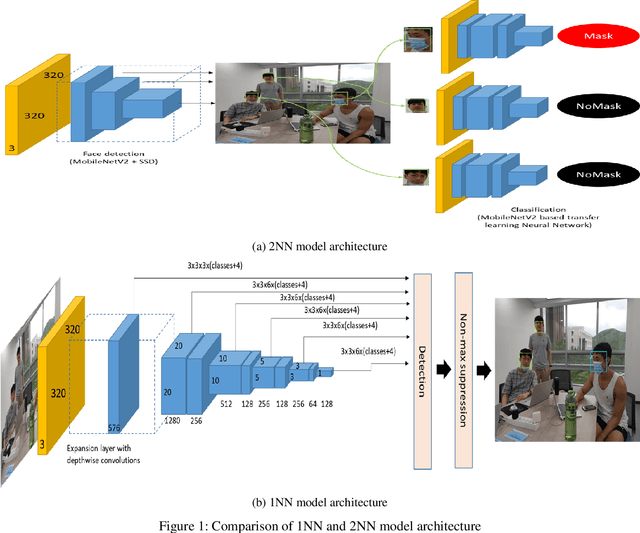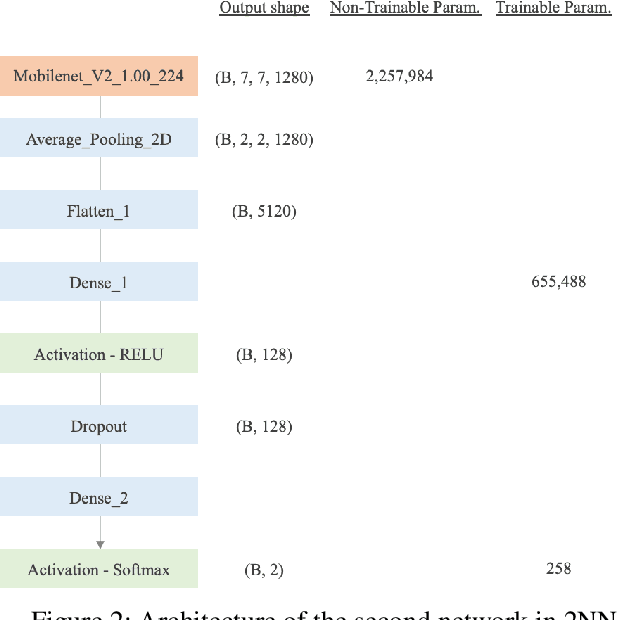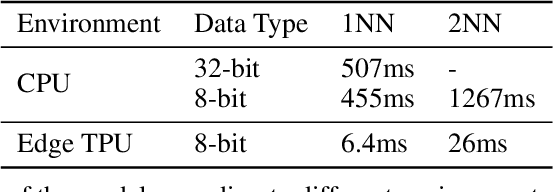Kyuwook Chai
Combinatorial Neural Bandits
May 31, 2023Abstract:We consider a contextual combinatorial bandit problem where in each round a learning agent selects a subset of arms and receives feedback on the selected arms according to their scores. The score of an arm is an unknown function of the arm's feature. Approximating this unknown score function with deep neural networks, we propose algorithms: Combinatorial Neural UCB ($\texttt{CN-UCB}$) and Combinatorial Neural Thompson Sampling ($\texttt{CN-TS}$). We prove that $\texttt{CN-UCB}$ achieves $\tilde{\mathcal{O}}(\tilde{d} \sqrt{T})$ or $\tilde{\mathcal{O}}(\sqrt{\tilde{d} T K})$ regret, where $\tilde{d}$ is the effective dimension of a neural tangent kernel matrix, $K$ is the size of a subset of arms, and $T$ is the time horizon. For $\texttt{CN-TS}$, we adapt an optimistic sampling technique to ensure the optimism of the sampled combinatorial action, achieving a worst-case (frequentist) regret of $\tilde{\mathcal{O}}(\tilde{d} \sqrt{TK})$. To the best of our knowledge, these are the first combinatorial neural bandit algorithms with regret performance guarantees. In particular, $\texttt{CN-TS}$ is the first Thompson sampling algorithm with the worst-case regret guarantees for the general contextual combinatorial bandit problem. The numerical experiments demonstrate the superior performances of our proposed algorithms.
Real-time Mask Detection on Google Edge TPU
Oct 09, 2020



Abstract:After the COVID-19 outbreak, it has become important to automatically detect whether people are wearing masks in order to reduce risk of front-line workers. In addition, processing user data locally is a great way to address both privacy and network bandwidth issues. In this paper, we present a light-weighted model for detecting whether people in a particular area wear masks, which can also be deployed on Coral Dev Board, a commercially available development board containing Google Edge TPU. Our approach combines the object detecting network based on MobileNetV2 plus SSD and the quantization scheme for integer-only hardware. As a result, the lighter model in the Edge TPU has a significantly lower latency which is more appropriate for real-time execution while maintaining accuracy comparable to a floating point device.
 Add to Chrome
Add to Chrome Add to Firefox
Add to Firefox Add to Edge
Add to Edge